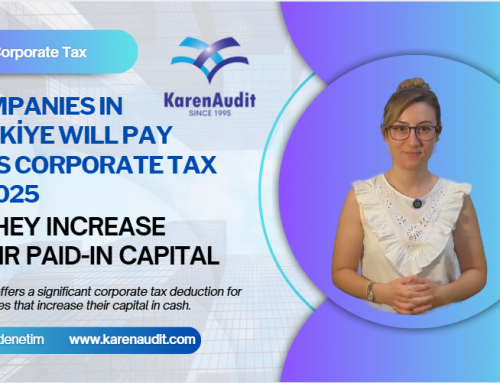August 17, 2023
In the 2nd quarter of 2023, the Labour Cost Index (LCI) recorded a year-on-year increase of 3.5%. In the previous quarter, it had increased 6.7% in Portugal
The wage costs (per hour actually worked) increased by 3.3%, and the other labour costs (also per hour actually worked) increased by 4.6%, compared with the same period of the previous year.
The year-on-year change of the LCI resulted also from the increase of 7.2% in the average cost per emplyee and the 3.6% rise in the number of hours actually worked per employee. The increase of the first component was common to all economic activities, with smaller variations than those observed in the preceding quarter. The lowest increase was registered in the Public Administration (6.5%) and the highest was observed in Construction (8.8%). The hours actually worked per employee also recorded increases in all economic activities with the largest increase being observed in Construction and the smallest in Administration. As a result of these variations, the LCI increased in all economic activities, with the largest increase being recorded in the Public Administration.
1. Labour Cost Index and components
In the 2nd quarter of 2023, the LCI, which measures the labour costs per hour actually worked, increased by 3.5% compared with the same quarter of 2022 (it had increased by 6.7% in the preceding quarter). The wage costs (per hour actually worked) increased by 3.3% (6.4% in the previous quarter) and the other labour costs (also per hour actually worked) increased by 4.6% (7.8% in the previous quarter)
In the 2nd quarter of 2023, the wage costs recorded increases between 1.1 %, in Construction, and 5.2%, in the Public Administration. In the previous quarter, all economic activities had registered larger increases than those observed in this quarter.
Non-wage costs, similarly to wage costs, also recorded lower increases than in the previous quarter. The less pronounced increase in wage and non-wage costs was due to the higher increase in the number of hours actually worked per employee, across all economic activities, when compared to the previous quarter.
Non-wage costs recorded higher variations than the wage costs in all economic activities, which may be explained: 1) by the extraordinary deferral scheme for the payment of Social Security2
contributions, which established that the payment of contributions for the months of March, April, May and June 2022 could be made in phased a manner – one third of the amount in the month in which it was due and the remaining two thirds in instalments (up to a maximum of six) from August 2022 onwards; 2) the normalisation of the payment of the social contributions by the enterprises that, during the COVID-19 pandemic, joined the simplified layoff regime, the extraordinary support for progressive resumption of activity, or the new business standardisation incentive, being totally or partially exempted from the payment of the employer contributions. As of the 2nd quarter of 2021, the payment of employer contributions was progressively3
resumed and, in the 2nd quarter of 2022 (the same quarter of the previous year with which the results now released for the 2nd quarter of 2023 are being compared), a group of employers were still benefiting from these measures, which is reflected in the year-on-year changes analysed.
The LCI increase was also explained by the growth of 7.2% in the average cost per employee (it had increased by 8.4% in the preceding quarter) and the increase of 3.6% in the number of hours actually worked per employee (it had increased by 1.5% in the previous quarter)
The average cost per employee registered a smaller increase than the one observed in the preceding quarter in all economic activities, with the highest increase being observed in Construction (8.8%) and the lowest in the Public Administration (6.5%). The increases in the Public Administration have been lower than those observed in the remaining activities since the 1st quarter of 2021.
The number of hours actually worked per employee increased in all economic activities, with the highest increase being observed in Construction (5.8%) and the lowest in the Public Administration (0.9%).
Source: Statistics Portugal
Legal Notice: The information in this article is intended for information purposes only. It is not intended for professional information purposes specific to a person or an institution. Every institution has different requirements because of its own circumstances even though they bear a resemblance to each other. Consequently, it is your interest to consult on an expert before taking a decision based on information stated in this article and putting into practice. Neither Karen Audit nor related person or institutions are not responsible for any damages or losses that might occur in consequence of the use of the information in this article by private or formal, real or legal person and institutions.






